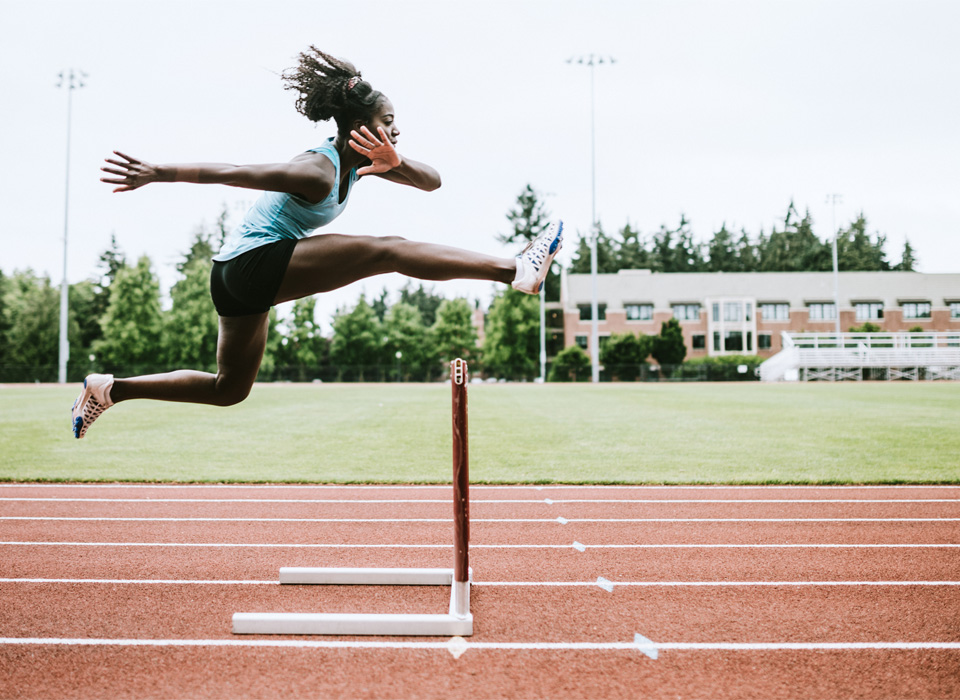In sports, injuries happen. Whether recreational or competitive and despite preparation, unforeseen circumstances will occur in athletics.
Proper training, practice, and preventative measures will minimize injury and in the event of an injury, there are certain things an active person should and should not do to make sure the injury doesn’t last too long and doesn’t create further problems down the road.
From a strength, conditioning, and physical preparation perspective, here are the top mistakes athletes make when returning from injury that leave them exposed to future aggravation:
Not Attending Physical Therapy
- Too often athletes believe they know their injury better than the experts. However, they’re wrong.
- Although an injured person may understand nuances of their own body better than someone else, physical therapy still offers treatments and modalities not available for the public unless they are under prescribed care.
- These treatments can do a great deal toward improving recovery from injury or surgery. However, they can do more harm than good if not supervised by effective qualified physical therapist.
Trying to Return to Activity Too Quickly
- Injuries and surgeries require rest while damaged tissue rebuilds.
- Further, injuries sideline athletes. This means the athlete is becoming deconditioned during the rebuilding process. If an athlete attempts to continue conditioning while injured tissue is rebuilding, the body will repair damage incurred from conditioning training, thereby leaving the injury damaged tissue by the wayside.This further extends the time necessary to heal the original injury.
Rehabilitating Only the Injured Body Part
- When athletes become injured and go through physical therapy, they attend to only the injured body part.
- While rehabilitating from injury our entire system is becoming deconditioned; losing strength, flexibility, and energy recruitment.
- Physical conditioning needs to be regained throughout the entire body, otherwise injuries will continue happening in a consistent, repeating pattern and in multiple locations of the body.
Improperly Assessing Return Status
- Once an injured athlete has gone through the full recovery protocols in physical therapy, they are given clearance to return to activity.
- Too often an individual will assume that clearance for activity means they can return to the exact effort and intensity level they had in their sport before becoming injured.This is not the case.
- More appropriately, athletes should engage in a physical preparation program like Return to Sport that will re-condition their entire body while attending to the needs of the injured body part.
Utilizing Improper Exercise Progression while Re-conditioning
- The body improves through a simple equation: stress – rest – adapt – repeat. If all of these steps are not included in the recovery process in a progressive manner, then most likely there will be more injury. Strength coaches, ATCs, and physical therapists should all be experienced with the using the stress/adaptation modeling.If a person is not specifically educated in exercise science they may have trouble navigating these progressions properly.
- With appropriate recovery protocols an injured athlete can return to competitive or recreational activity with minimal chance for re-injury. Often they will return to their sport in better shape than they were when they first became injured. Avoid these frequent mistakes and you’ll be back in action better than ever!

